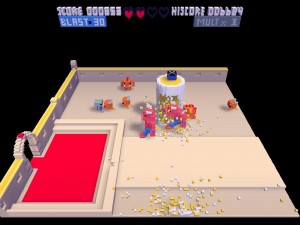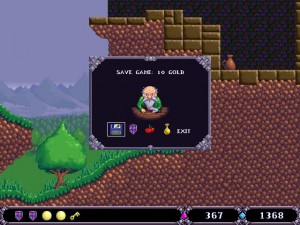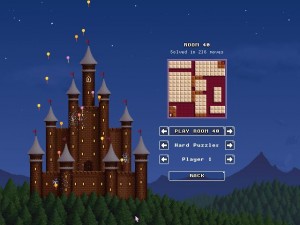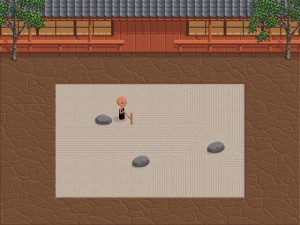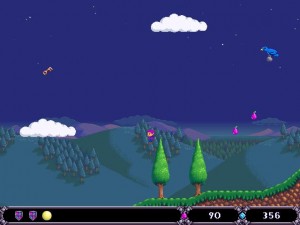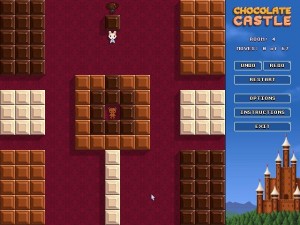Orcs Must Die
The first round of holiday sales is underway, leaving me scrambling to finish up some games to make room on the Stack for new stuff. Orcs Must Die is in fact among my new acquisitions, but looked like it would probably be quick to finish, due to its structural resemblance to Plants vs Zombies: not only is it essentially a tower defense game, it pulls the same trick of introducing one new game element per level, which means the game ends once it’s reached maximal complexity. And indeed, in a single day of obsessive play, I’m managed to complete every level but the last. So expect a second and final post tomorrow.
I say it’s essentially a tower defense, but it’s really a hybrid of tower defense and shooter. The whole idea is that in each level you’re trying to prevent hordes of orcs and related monsters (kobolds as swarmers, ogres as bosses) from reaching a dimensional rift, which is in the middle of a fortress presumably built around it for the specific purpose of keeping the orcs away. This is a fully 3D structure, and you have an avatar inside it. You can place various sorts of traps on the walls, floors, and ceiling, as well as summon “guardians” who fight with sword or bow, but you can also fight the orcs directly, with a repeating crossbow, bladestaff, and various spells that you acquire over the course of the game. And in fact you pretty much have to do both, picking off orcs manually when they survive the traps. Starting at level 11, you can buy enhancements of various sorts from “weavers”, but you have to choose between “steel weavers”, who enhance your traps and guardians (for example, making the traps reset faster or giving the archers flaming arrows), or “elemental weavers”, who enhance your personal combat abilities (increasing your health, making spells do more damage). I personally want to play this more as a tower defense game than as a shooter, so I’ve pretty much always taken the steel weaver — at least, until the knowledge weavers became available at level 19, with their tempting treats like making the rift itself produce lightning bolts, or occasionally reanimating dead orcs to fight on your side.
But even treating the game as a tower defense, it’s a peculiar tower defense, due to the fact that you’re seeing the whole thing from inside. (Shades of Intelligent Qube!) The game helps minimize this limitation by granting you a great deal of mobility: your traps don’t affect you at all, you can jump off balconies and over any barricades you’ve placed, and there are often teleport gates joining distant parts of the stronghold. (It took me a while to realize that the orcs couldn’t go through the gates. I wasted some cash in the early levels barricading them.) But it offsets this by making you vulnerable. There are types of occasional enemy that ignore the rift, choosing instead to attack you and any guardians you’ve summoned — and for that reason alone, it’s important to have a few guardians around as distractions. For that matter, ordinary orcs will sometimes decide to chase you if you’re close enough, which means that by your presence you can distract them from the rift.
In short, for all its focus on a single sort of dungeon encounter, this is a pretty rich game. The thing that really impresses me, though, is the UI design. Placing objects in three dimensions is a nontrivial task, and there’s basically no explanation, documentation, or tutorial here, other than a few on-screen prompts, such as “Press R to rotate”. And yet it all just works. You choose a trap to place in the same way as you choose a weapon, and you also aim it like a weapon at the surfaces that can support it. When you’re aiming at a valid spot, the trap appears as a transparent model, with, if relevant, another transparency indicating its area of effect, so you know if that arrow trap reaches all the way across the hallway or not. Outside of trap placement, there are a number of little touches like the targeting reticule for the crossbow that widens if you fire rapidly, clearly indicating without words that your aim is becoming less accurate. Perhaps this is stuff that you need to already be familiar with games to understand, but it works for me.
 Comments(2)
Comments(2)